Whole Room Disinfection in Biosafety and GMP Rooms
Automated 3D room disinfection by aerosol
Automated 3D room disinfection by aerosol
In laboratories, contamination of samples by airborne germs or cross-contamination is a frequent issue. This may necessitate the disposal and repetition of entire experiment series. Additionally, there is a risk of accidental release of pathogenic germs, endangering human health and the environment.
In pharmaceutical production rooms, there is a danger of production batches being contaminated with germs.
Aerosol disinfection is an effective supplement to conventional surface disinfection in room hygiene, helping to close hygiene gaps. During aerosol disinfection, disinfectants are dispersed as fine particles into the air, thoroughly disinfecting even hard-to-reach areas such as the room air and inaccessible surfaces. This method ensures comprehensive decontamination of surfaces that might otherwise be overlooked.

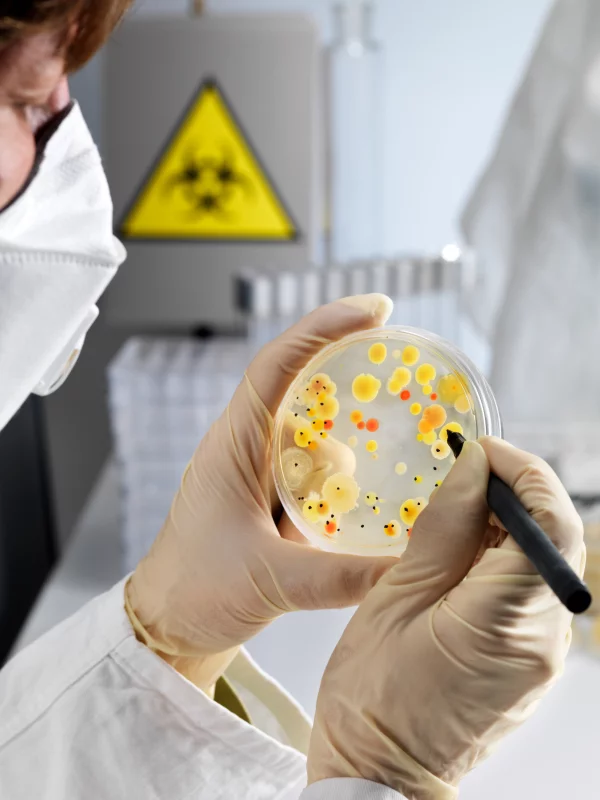
The combination of purpose-designed devices (Sanosil Q-Jet Series) and the appropriate Sanosil disinfectants has proven to be excellent for 3D whole-room disinfection for over 25 years.
High-end aerosol device for automated 3D room and air disinfection
Disinfectant for demanding aerosol applications with AFNOR NFT 72-281 certificate
Disinfectant (without silver ions) for demanding aerosol applications with EN - 17272 test


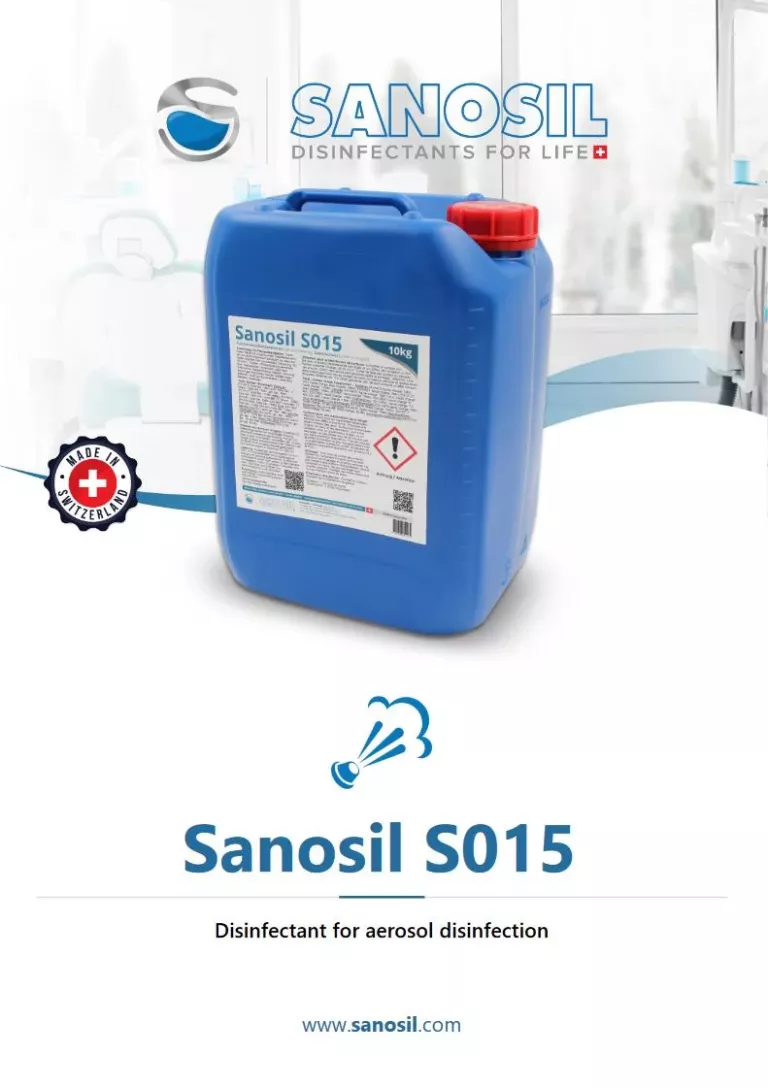
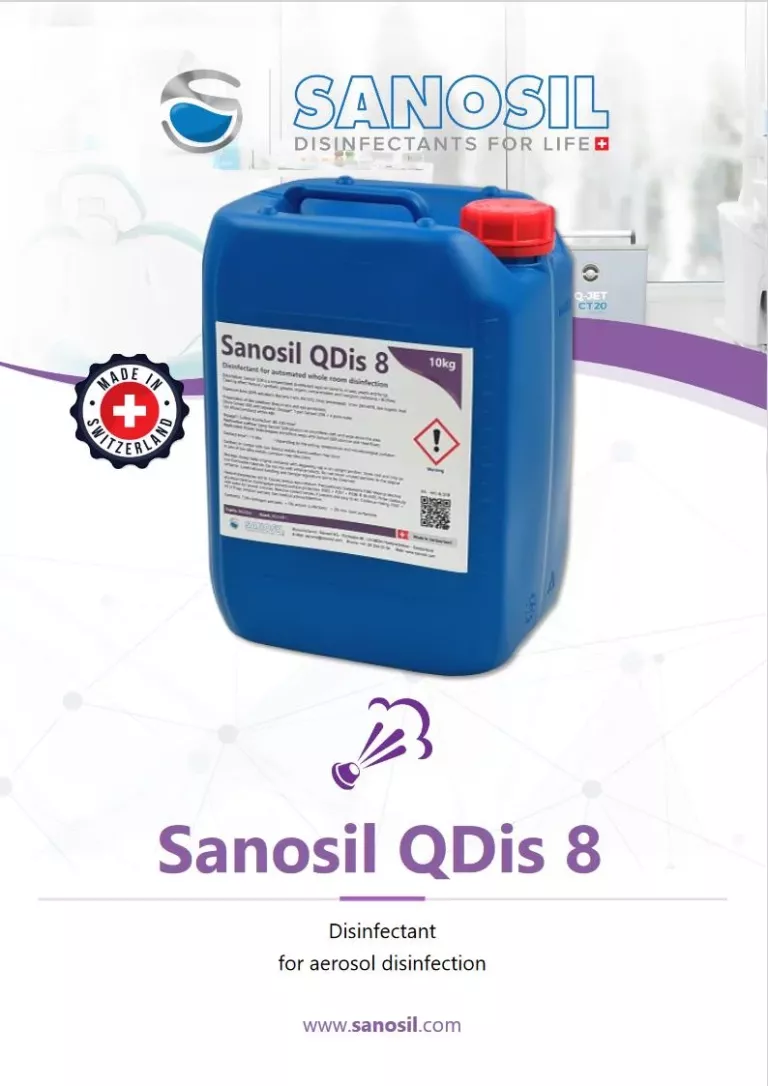
A: Yes, the EU GMP Annex 1 of 2022 explicitly recommends it.
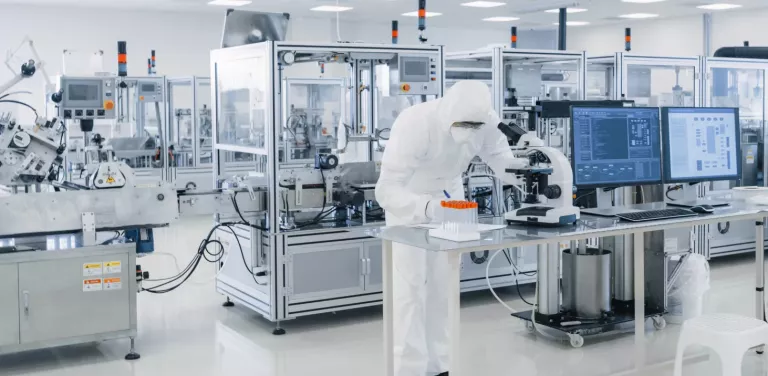
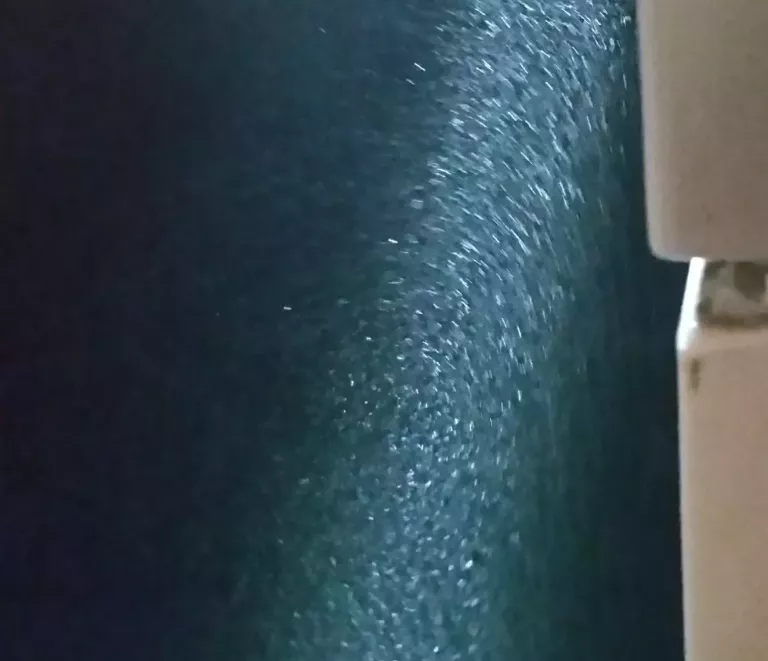
A:
A:
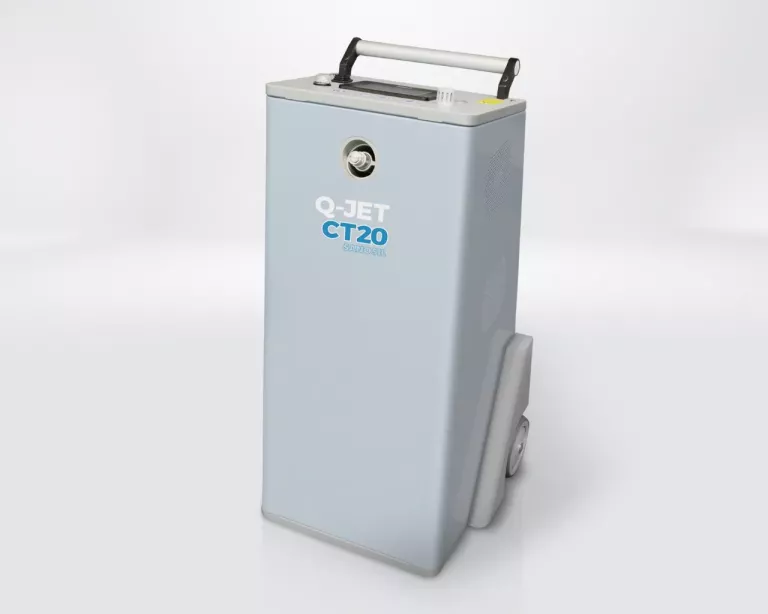
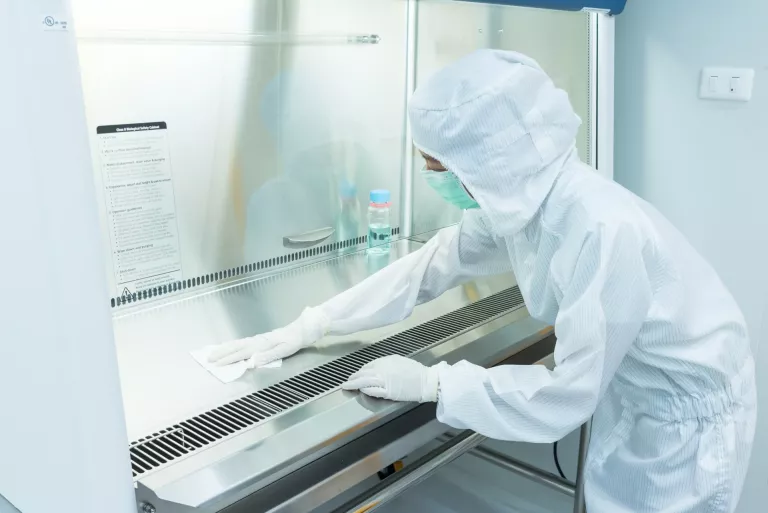
A: Various independent studies and our own experiences show that electronic devices such as PCs, tablets, flat screens, mobile phones, etc., are not affected by aerosol disinfection with hydrogen peroxide. In contrast, chlorine dioxide or peracetic acid solutions can compromise the integrity of electronic devices.
A: Yes, with appropriate dosing and programming, this goal can be achieved.
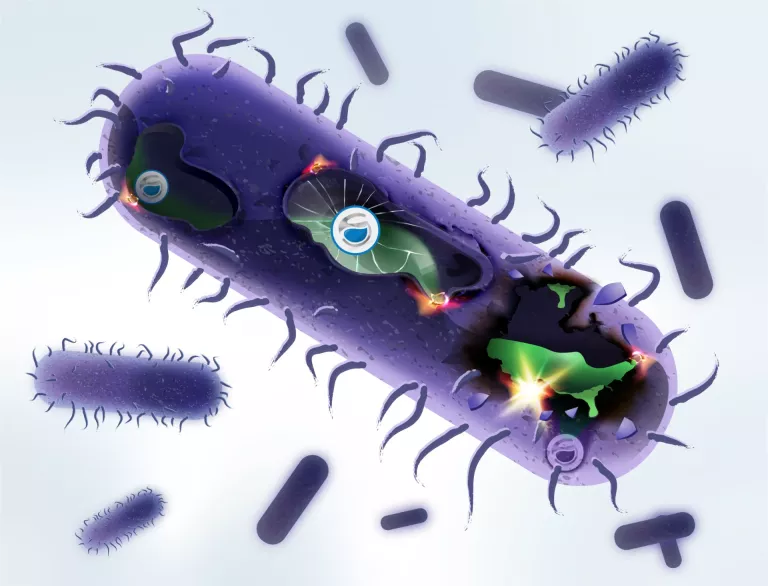
![]()
A: The total duration consists of A) spraying time – the time it takes to aerosolize a specific amount of disinfectant in a room, and B) necessary contact and decay time. During the contact time, germs are actively reduced. Simultaneously, hydrogen peroxide breaks down into water and oxygen. This process takes a minimum of 120 minutes.
A: No, that’s not possible. While aerosol disinfection provides comprehensive coverage of all surfaces compared to wipe disinfection, it has limited penetration depth. Even small amounts of dirt residue significantly reduce the effectiveness of aHP disinfection, which is why thorough pre-cleaning cannot be skipped.
Aerosol technology represents an additional safety measure to mitigate microbiological risks.
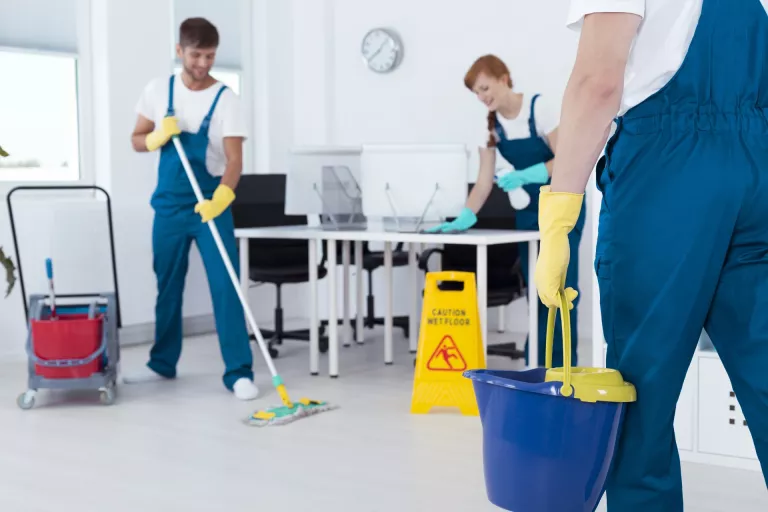

A: No, that’s not possible. (Unless they are protected by an ABEK-P3 full-face respirator.)
A: Sanosil Q-Dis (and S015) are excellent for whole-room disinfection. They:
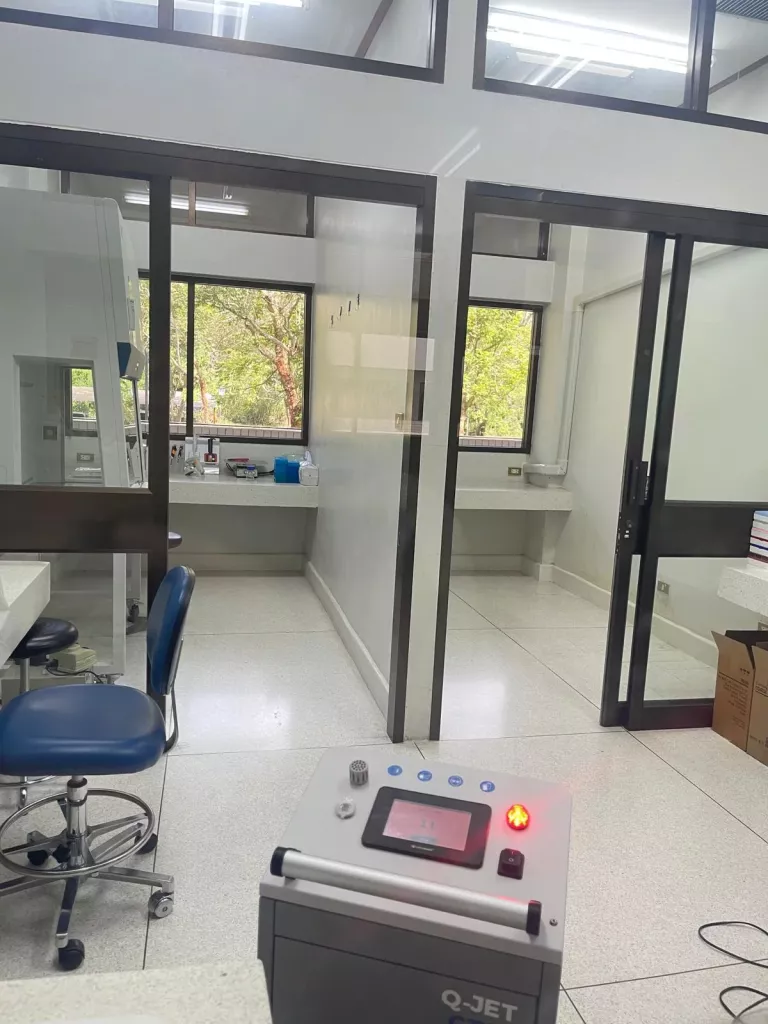
Our core competencies include the manufacturing and application consulting of disinfection products for water systems, surfaces, and air (complete room disinfection).